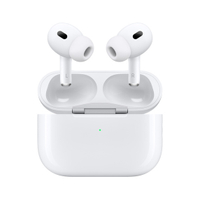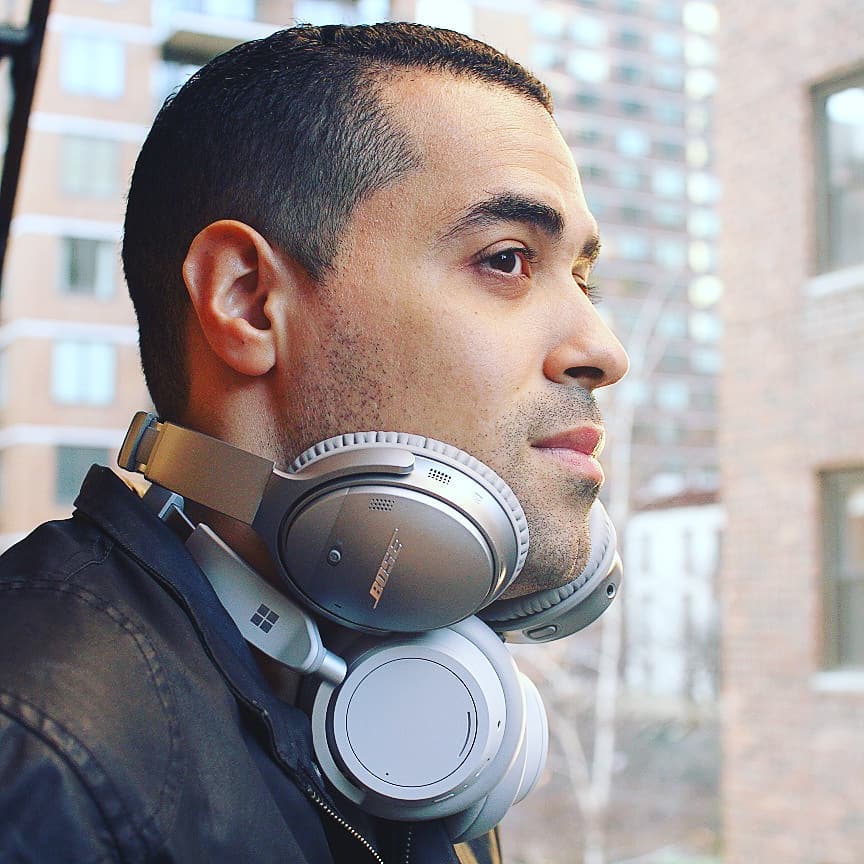5 reasons the AirPods Pro 2 beats all other wireless earbuds
The AirPods are so successful that other brands should take a closer look at what Apple continues to get right
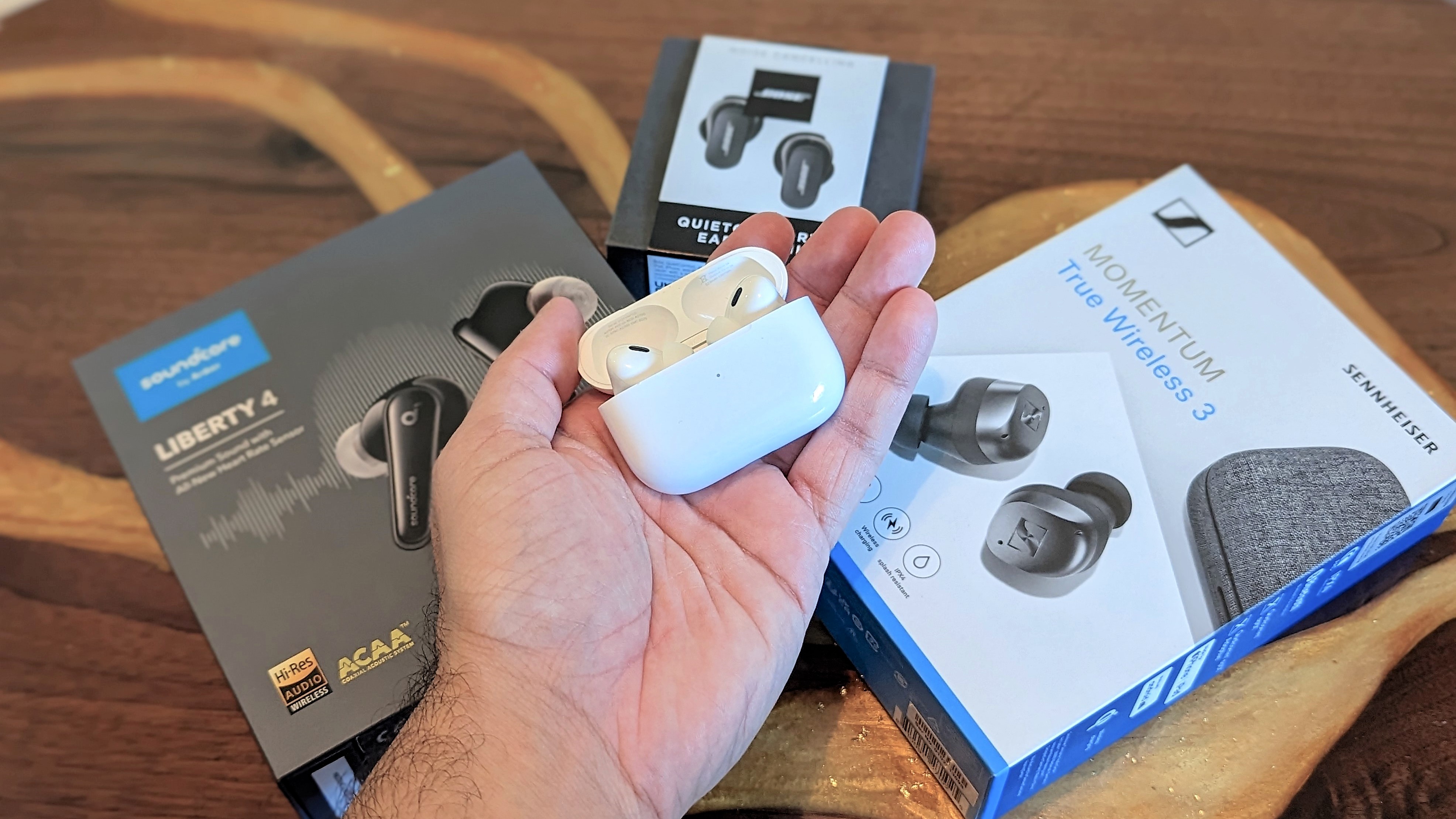
When Apple unveiled the first pair of AirPods in 2016, little did we know that they would go on to shape the true wireless earbuds market. The all-white design may not be for everyone, but once rival headphone makers began to see how popular it was, plenty set out to mimic the AirPods' iconic drop-stem shape and the slim rectangular charging case design. Some even figured out how to create smaller, sturdier, and more stylish AirPods alternatives.
While the design is a significant part of Apple's AirPods appeal, other factors have also contributed to their massive success. Innovative tech such as the first implementation of groundbreaking features like Ear Tip Fit Test and spatial audio, combined with a robust ecosystem are what place the AirPods, and the AirPods Pro 2 in particular, in a league of their own.
The AirPods Pro 2 upped the ante with adaptive sound modes, smarter controls, and stronger specs. However, it is Apple’s attention to detail and functionality that define the AirPods Pro 2 as a true wireless leader and one of the best wireless earbuds money can buy.
Apple AirPods Pro 2 was $249 now $199 @ Amazon
The AirPods Pro 2 pack Apple's new H2 chip to provide 2x more noise cancelation than their predecessors. They also offer Personalized Spatial Audio with dynamic head tracking for a more immersive audio experience. In our AirPods Pro 2 review, we said they take everything we loved about the original AirPods Pro to the next level. With 20% off right now, this is their lowest price ever.
If earbud models from Bose, Samsung, Sennheiser, or even Sony want to keep up with Apple's AirPods, they’ll need to look at the five key areas outlined below that continue to keep Apple's AirPods on top of the wireless earbuds market.
1. Apple prioritizes software over hardware
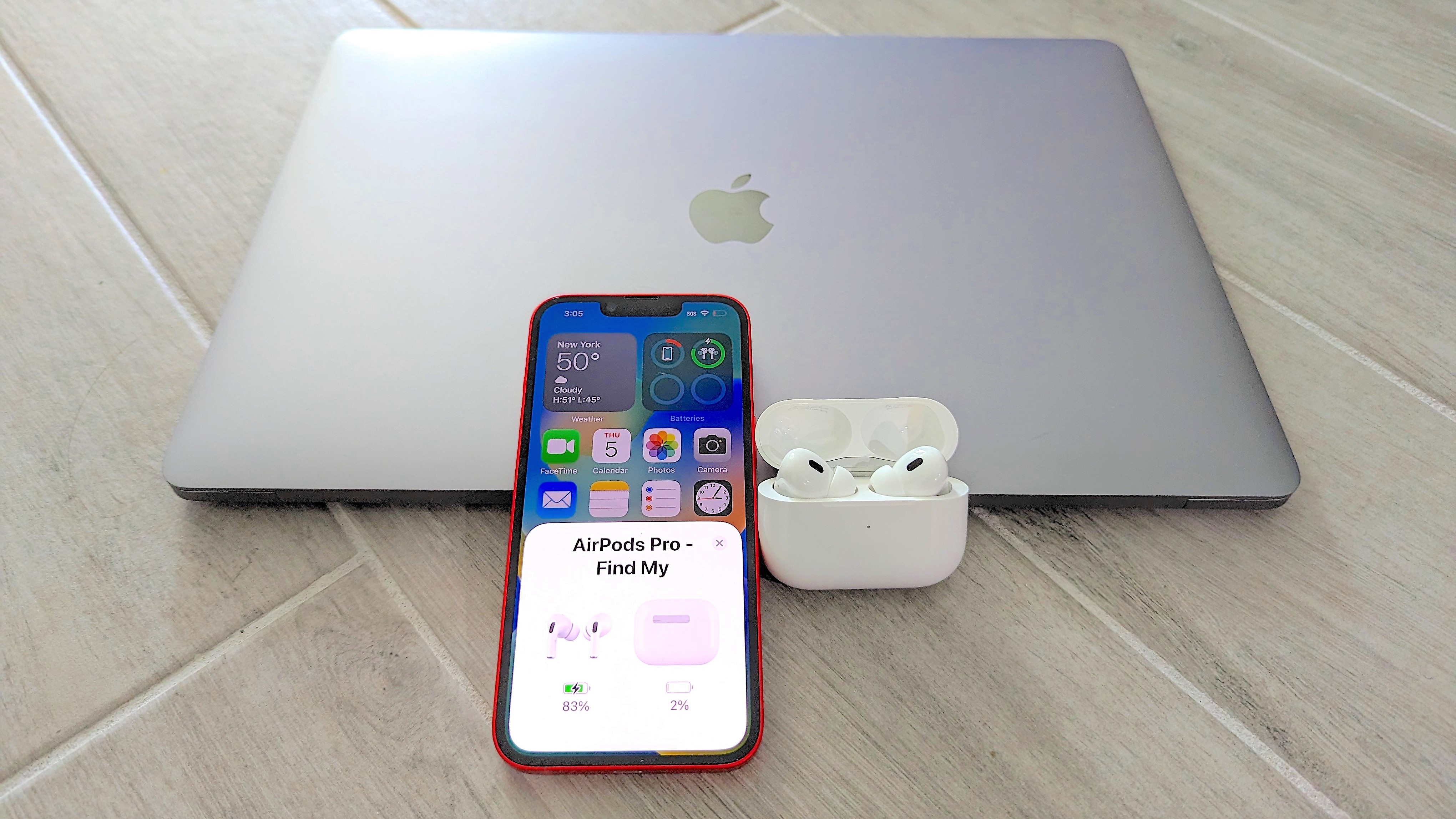
Hardware is central to the AirPods experience. Apple's intuitive H1 and H2 chips are what allow for seamless integration between the AirPods and all iOS devices (iPhone and iPad) and Macs. At the same time, hardware can’t do anything without the proper programming to tell it what to do.
Apple optimizes its software to communicate effortlessly with the AirPods architecture. This is how they’re able to bring new features into the fold and extend the life of older models like the AirPods 2. Apple introduced many functional perks with iOS 14, including automatic switching, battery notifications, Headphones Accommodations for sound personalization, and Spatial Audio. Personalized Spatial Audio was rolled out when the AirPods Pro 2 arrived in 2022, and subsequently came via iOS 16 to all first-gen AirPods Pro, AirPods 3, and Beats Fit Pro users.
As an expert that tests headphones for a living, I have encountered the compromises in performance when wireless earbud makers favor hardware over the software, and it's really infuriating.
2. AirPods Pro 2 refines a signature design
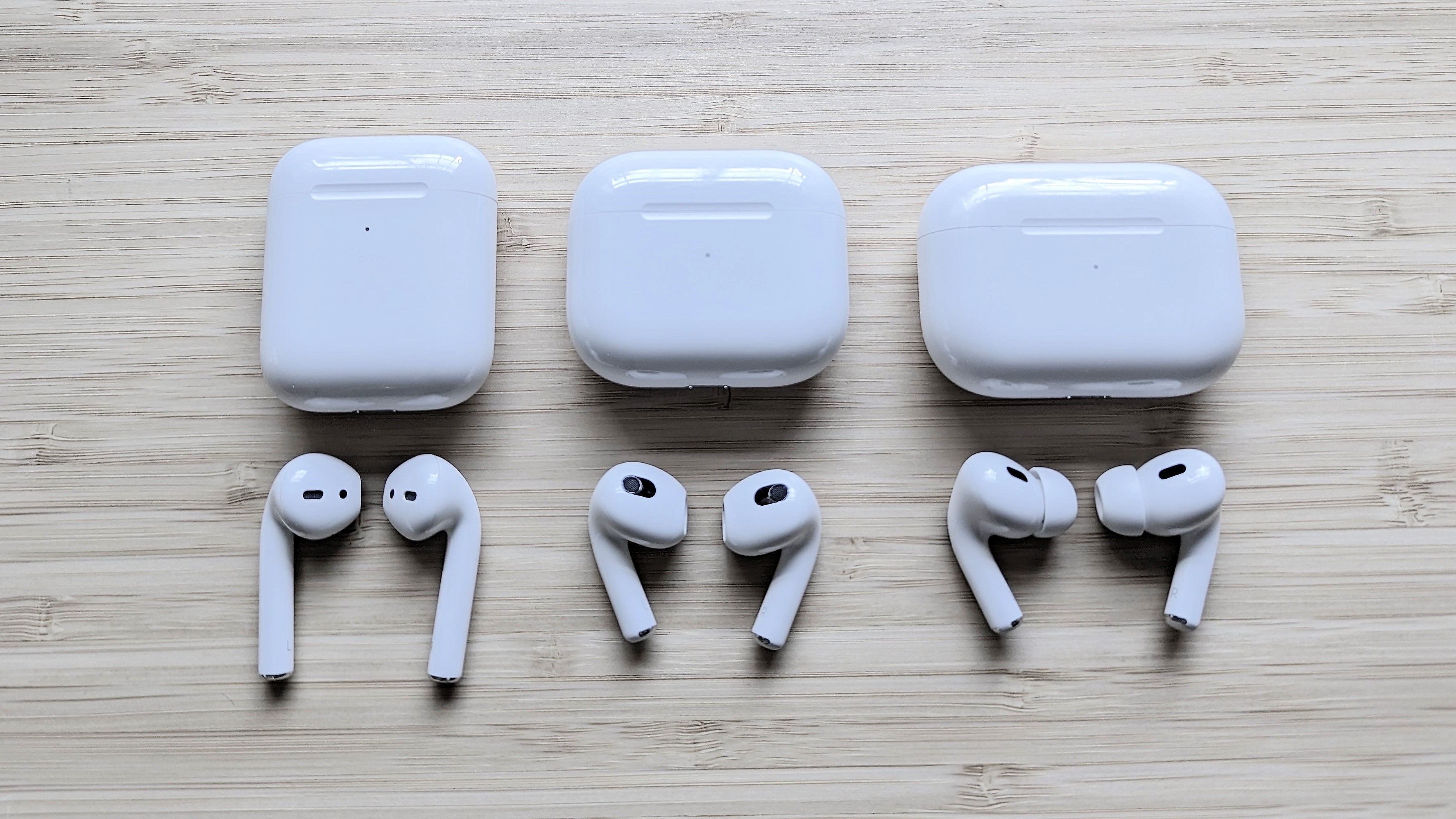
Despite rumors that suggested a stemless design could arrive with AirPods Pro 2, and even alternative colors, the white drop-stem design looks like it is here to stay. And who can blame Apple for wanting to stick with it? After all, the AirPods design will forever be synonymous with kickstarting the true wireless earbuds market, no matter how unattractive anyone may think it is.
The AirPods design will forever be synonymous with kickstarting the true wireless earbuds market.
Even so, each AirPods iteration has received noteworthy design changes. We’ve seen shorter stems and air vents that relieve pressure in the ear when listening to music with noise-canceling enabled on in-ear AirPods Pro models. And the AirPods Pro design fixes the problem of secure fit over the standard AirPods' loose fit design.
The IPX4-rating that first appeared on the AirPods (3rd generation) and AirPods Pro provides a degree of protection to models from excessive moisture and splashes, while the AirPods 3 enhanced functionality with skin-detect sensors for accurate motion detect. The AirPods Pro 2 took things a step further and added touch volume controls, but kept the distinctive silhouette the same.
3. The ear tip kit makes all the difference
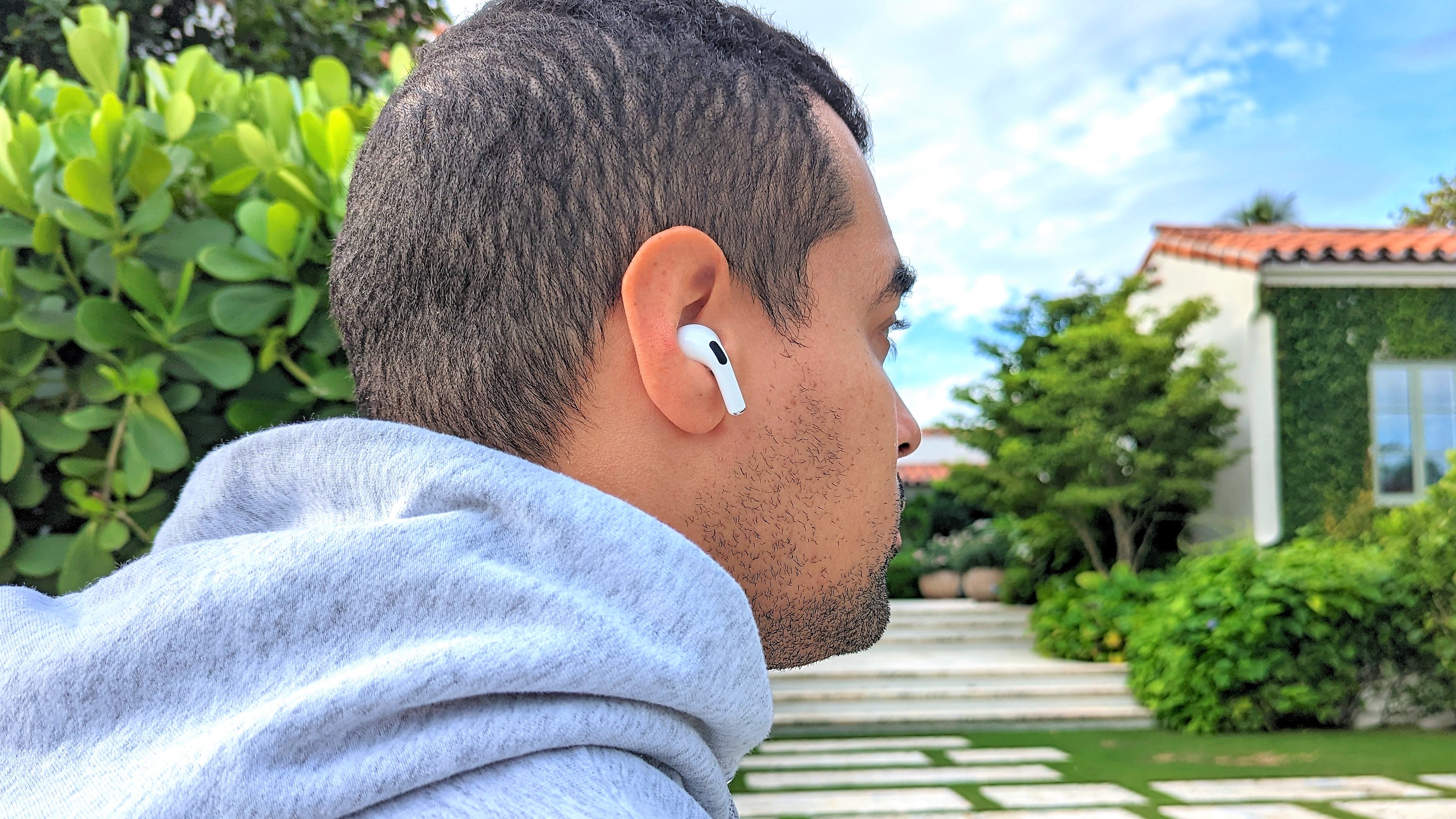
If the AirPods Pro 2 showed me anything, it’s that a brand-new ear tip kit can transform any pair of wireless earbuds into a commendable workout companion. Most makers bundle their earbuds with the same stock silicone tips.
My running experience with the AirPods Pro 2 was mostly positive because of the new tips. They form a tighter seal than Apple’s previous tips. Slippage is reduced due to stronger sweat absorption. Furthermore, Apple’s Ear Tip Fit Test is still the most reliable option for achieving an optimal fit and sound quality.
These tips also improve usability. The right tip size can create a strong grip around the canal that makes accessing the AirPods Pro 2’s force sensors and touch volume controls much simpler. An unstable fit will have the buds falling out whenever pressing the stems, which was common on the original AirPods Pro.
4. The charging case got more tricks
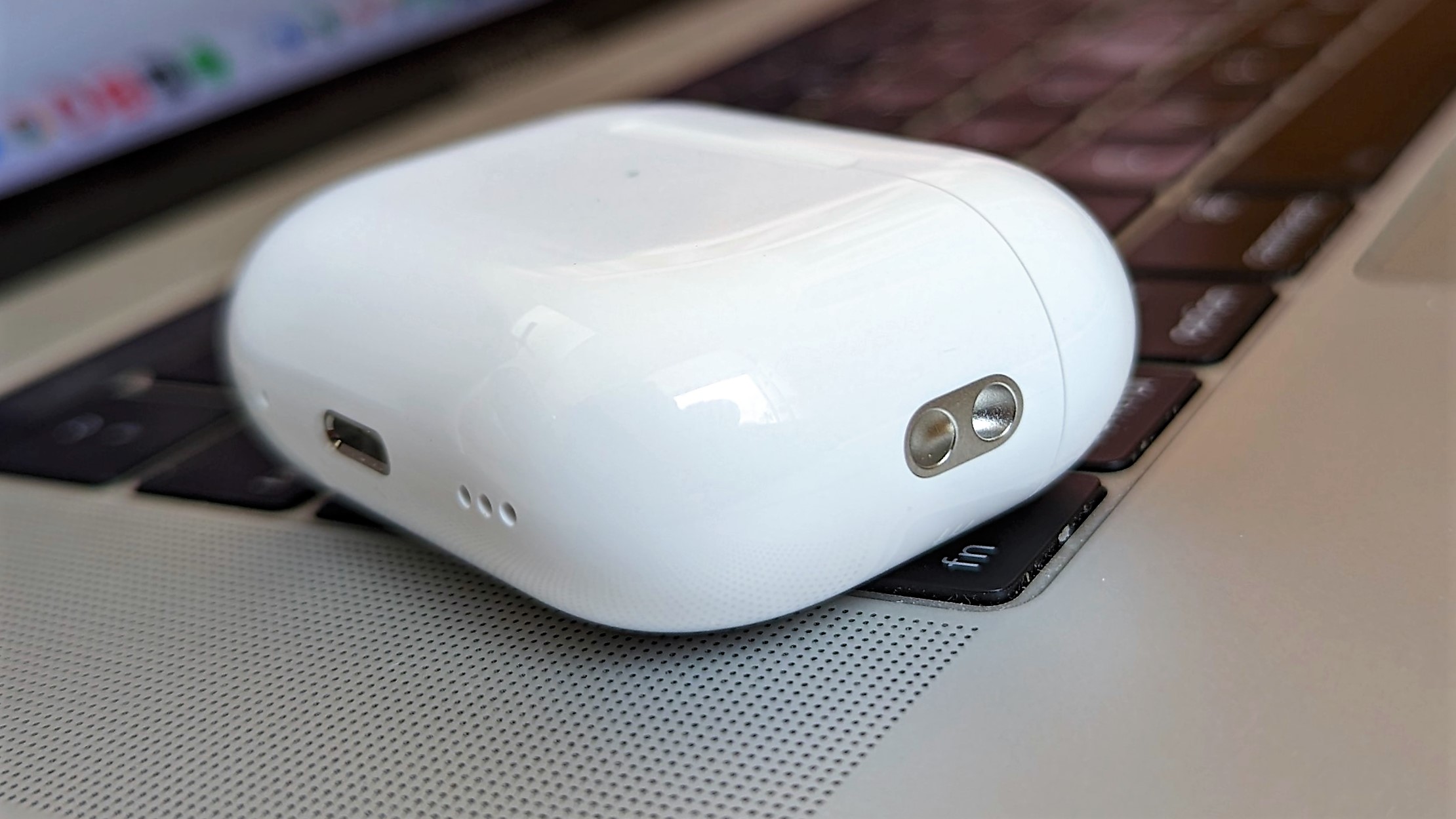
Apple’s design ingenuity is masterfully demonstrated on the AirPods Pro 2 charging case. Small additions like the lanyard hole and IPX4 water resistance (a first for the series) aren’t taken for granted. MagSafe charging is also a plus for wireless charging fanatics.
Apple seems to be the only one thinking about the charging box.
However, Find My (AirPods) support is the real game-changer. Of course, most true wireless rivals come with their own Find My Buds mode, which uses Bluetooth or GPS to pinpoint missing buds. But do they have a built-in speaker to hear and locate them faster? My exact point.
Samsung has done some unique stuff with their Galaxy Buds charging cases such as reverse wireless charging with compatible smartphones or smartwatches. JLab flexed its creative muscle too by integrating a USB cable into their cases.
There’s so much untapped potential for this accessory, and at the moment, Apple seems to be the only one thinking about the charging case and what benefits it can bring.
5. Apple didn't rush them to market
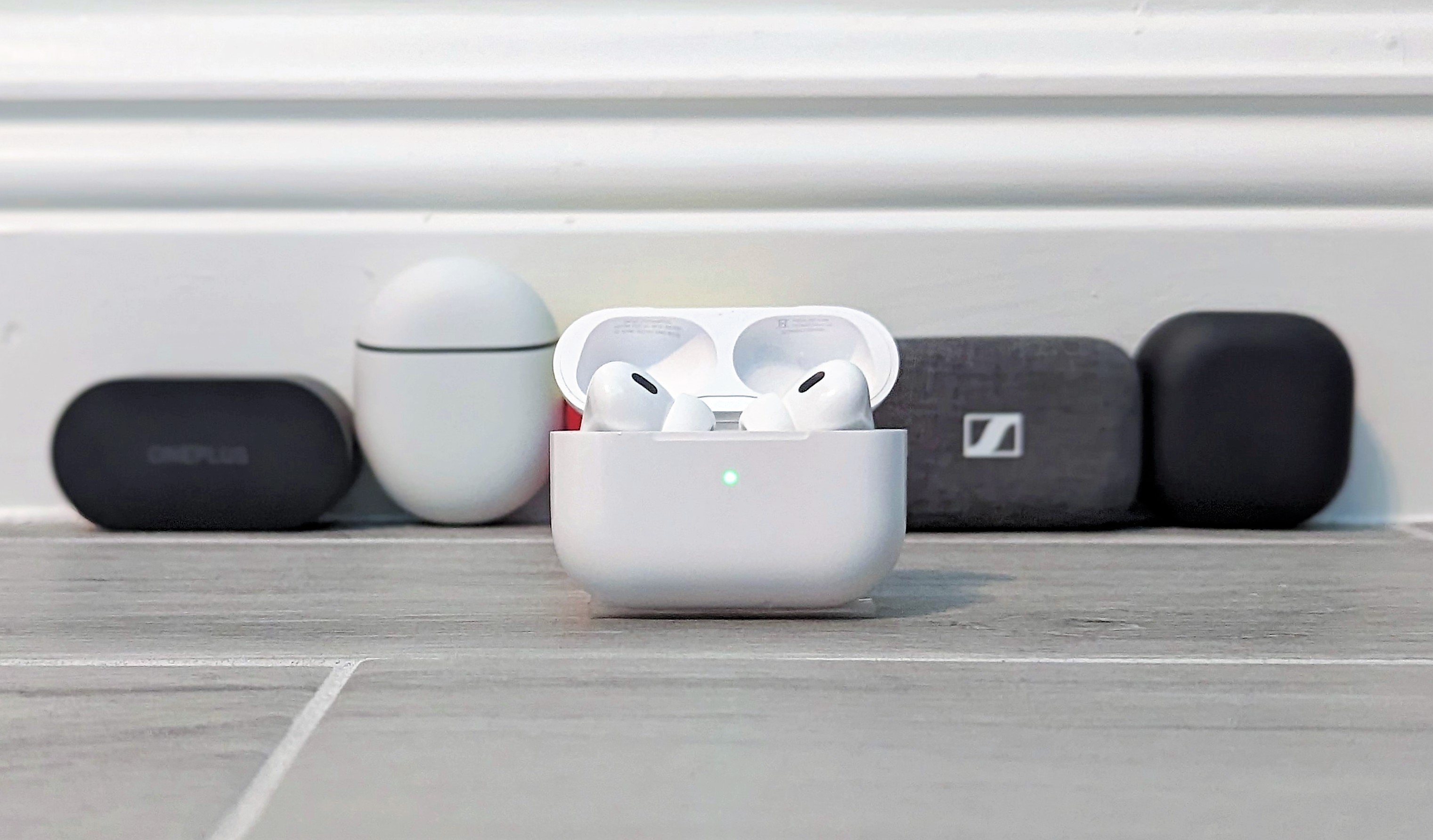
It's an unpopular opinion, but Apple didn’t need to launch the AirPods Pro 2 just yet. The first-gen buds were already great. They remained a top seller during their three-year run, and continued to pull in new consumers with every software update.
The point I’m making is that Apple took its time releasing the AirPods Pro 2. You can say this was by default due to the COVID-19 pandemic and supply chain issues. Still, had Apple met their projected two-year window release, most people would have still complained about the wait, especially when other brands were warp-speeding new models to market.
AirPods Pro 2 earbuds are proof that patience and persistence can result in a stellar product that resonates with all kinds of consumers.
Thankfully, Apple didn’t fall to peer pressure because the rush jobs committed by some rivals practically backfired. Jabra is the best example. At one point, they set the standard for craftsmanship and performance on wireless earbuds with the five-star Jabra Elite Active 75t. Rather than improve on perfection, they completely revamped their true wireless lineup and released not one, but five models in one year. The flagship Elite 7 Pro was a solid release, though it shared the same downgraded design as some of its lower-priced siblings. In addition, there were few features that separated all five Elite models apart.
Anker has also bombarded retailers with several pairs of wireless earbuds these past few months, which has made it confusing for consumers to determine the brand’s flagship option. Flooding the market with multiple models that have similar packaging and pricing has only added to consumer confusion.
Case in point, the AirPods Pro 2 earbuds are proof that patience and persistence can result in a stellar product that resonates with all kinds of consumers. They continue to be top of the best wireless earbuds on the market right now, and the 5 points outlined above help anyone understand why.
More from Tom's Guide
Sign up to get the BEST of Tom's Guide direct to your inbox.
Get instant access to breaking news, the hottest reviews, great deals and helpful tips.
A lifestyle journalist with an affinity for consumer products, Alex has over a decade of experience and has worked with popular publications such as Complex, Thrillist, Men’s Health, Gear Patrol, AskMen, and Hoop Magazine. He currently focuses on audio, reviewing the most coveted headphones in the market for both Tom’s Guide and Laptop Magazine.
